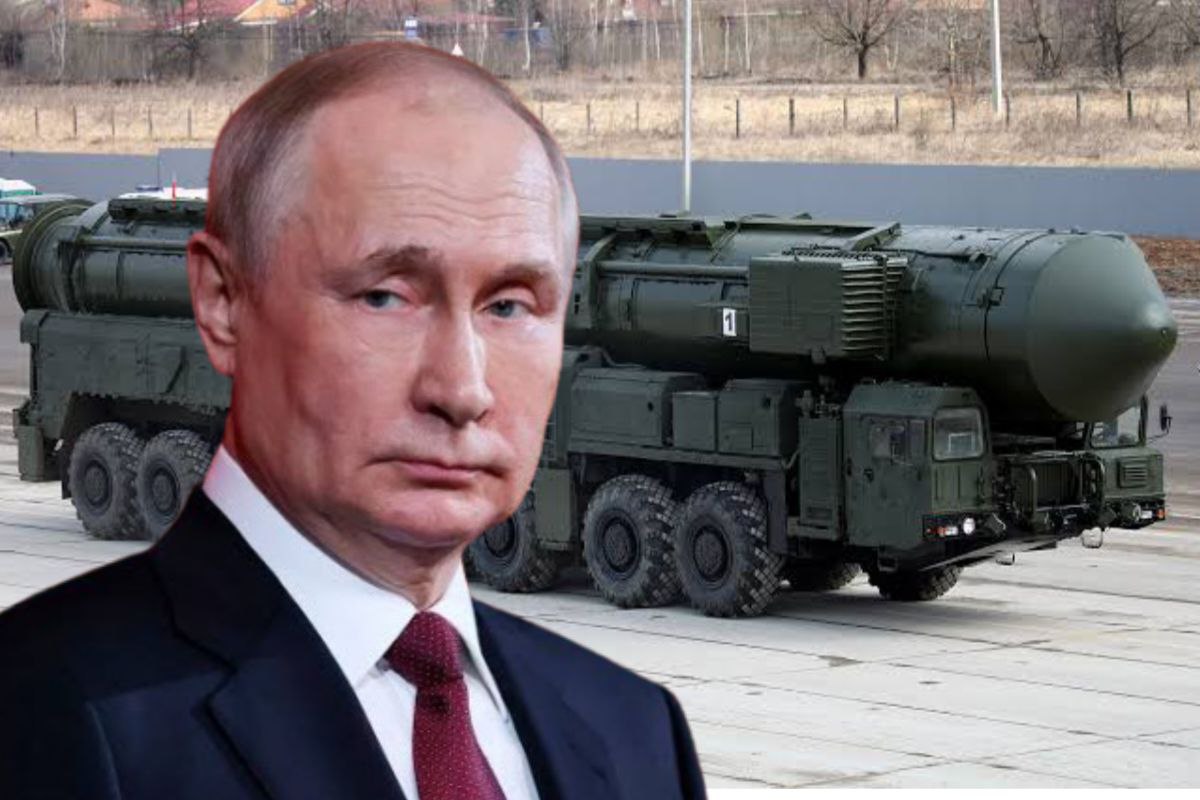Red Alert For Europe:The warning lights are flashing red across Europe as tensions escalate rapidly between Russia and Ukraine. Ukraine has carried out a bold and far-reaching drone assault on multiple Russian military airbases, ranging from Siberia in the east to Murmansk in the north. Kyiv claims that the attacks destroyed 41 large military aircraft—a major tactical and symbolic blow to Moscow. Recently released images show widespread destruction, painting a grim picture of the unfolding conflict. As the world waits with bated breath, questions mount over how Russia will respond.
Red Alert For Europe
The warning lights are flashing red across Europe as tensions escalate rapidly between Russia and Ukraine. Ukraine has carried out a bold and far-reaching drone assault on multiple Russian military airbases, ranging from Siberia in the east to Murmansk in the north. Kyiv claims that the attacks destroyed 41 large military aircraft—a major tactical and symbolic blow to Moscow. Recently released images show widespread destruction, painting a grim picture of the unfolding conflict. As the world waits with bated breath, questions mount over how Russia will respond.
Former Russian President Dmitry Medvedev has issued chilling warnings, further heightening fears of escalation. His statements hint at a potential retaliatory strike of significant magnitude—one that could cross previously untouched boundaries of the war. At the same time, diplomatic engagements are underway, with U.S. President Donald Trump speaking to his Russian counterpart Vladimir Putin for over an hour. According to the U.S. side, Putin was emphatic about Russia’s need to respond decisively to the attacks on its airfields.
Among the most alarming possibilities is the use of nuclear weapons. Russia possesses the world’s largest nuclear arsenal and might resort to using tactical nuclear weapons. Unlike strategic nuclear weapons, which are designed to destroy entire cities, tactical nukes are intended for battlefield use, with more localized but still devastating impact. The Orishnik missile, a Mach 10 intermediate-range ballistic weapon capable of carrying multiple warheads, represents a particularly terrifying option due to its speed and kinetic power.
Beyond nuclear capabilities, Russia may also ramp up its use of advanced drones and missile systems. These include missile strikes focused on key Ukrainian infrastructure and command centers. In conjunction with that, a wave of glide bomb attacks could paralyze Kyiv’s defense capabilities. Moscow might further escalate by targeting Ukraine’s leadership directly, striking at key decision-making centers using hypersonic weapons like the Kinzhal missile and upgraded Iskander ballistic missiles—both of which have proven largely immune to Ukrainian air defenses.
The United States is taking the threat seriously. The U.S. embassy in Kyiv has issued a stark warning to American citizens in the region, signaling just how grave the situation has become. Meanwhile, Russian President Putin has intensified his rhetoric, labeling Ukraine’s leadership as “terrorists” and casting doubt on the viability of any ongoing or future peace negotiations.
As the global community stands at a crossroads, one thing is certain: Russia’s retaliation, when it comes, will be deliberate, ruthless, and aimed at restoring what it sees as lost deterrence. The decisions made in the coming days could redefine not just the trajectory of the Russia-Ukraine war, but also the future of security in Europe and beyond.
Disclaimer:
This article is intended for informational and journalistic purposes only. The content is based on currently available news reports, expert commentary, and government statements at the time of writing. The geopolitical situation involving Russia, Ukraine, and broader international stakeholders is highly volatile and rapidly evolving. Speculations about military strategies, nuclear capabilities, or diplomatic consequences are not predictions or endorsements but reflections of public discourse and defense analysis.
We do not claim absolute accuracy on military details or classified developments. Readers are strongly advised not to interpret this content as official intelligence or guidance. The possibility of escalation, including the use of advanced or nuclear weaponry, remains hypothetical and should not cause panic.
This article does not represent the views of any government, military institution, or diplomatic entity. We encourage all readers to refer to official statements from recognized authorities such as the United Nations, U.S. State Department, NATO, or their local government agencies for verified information.

